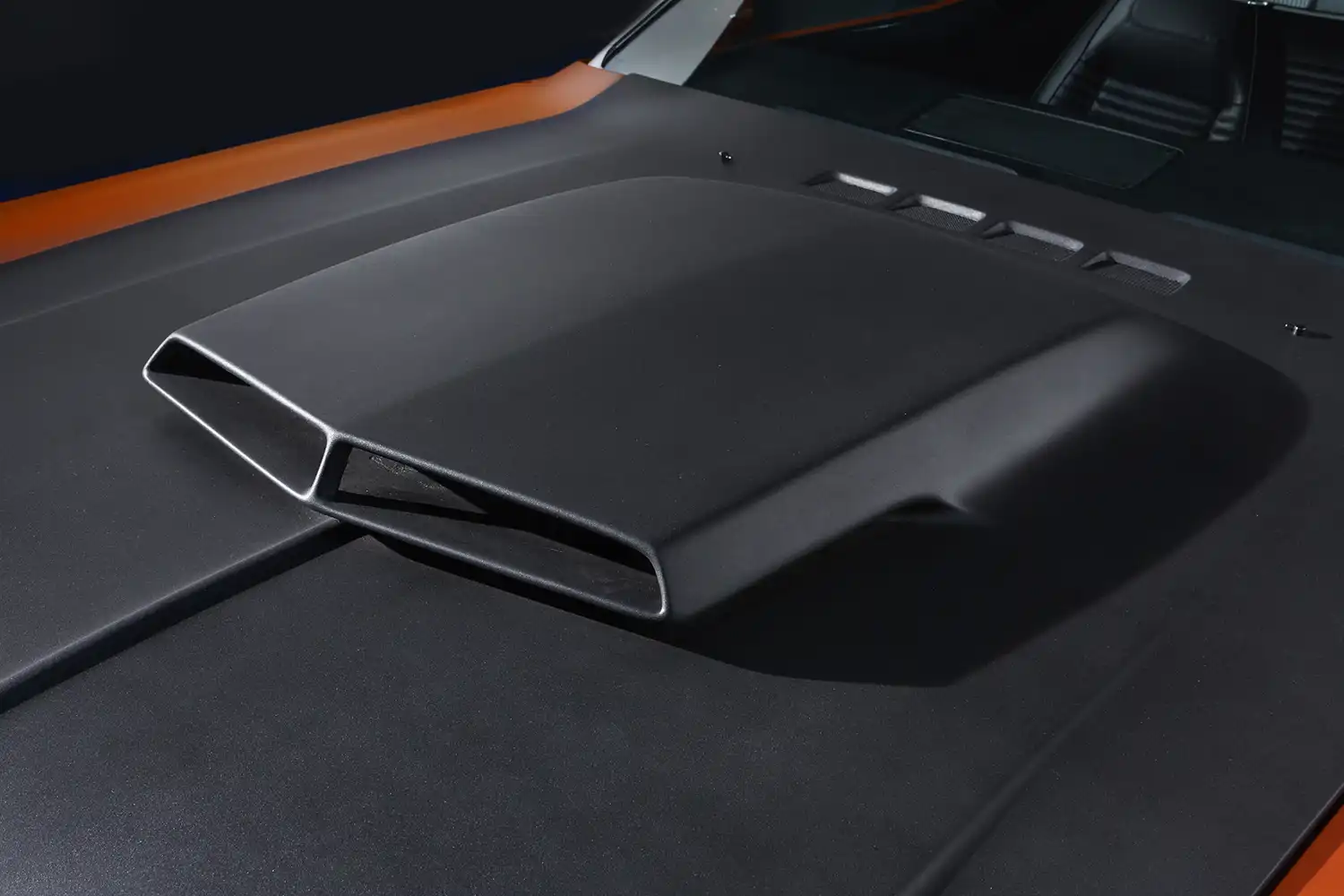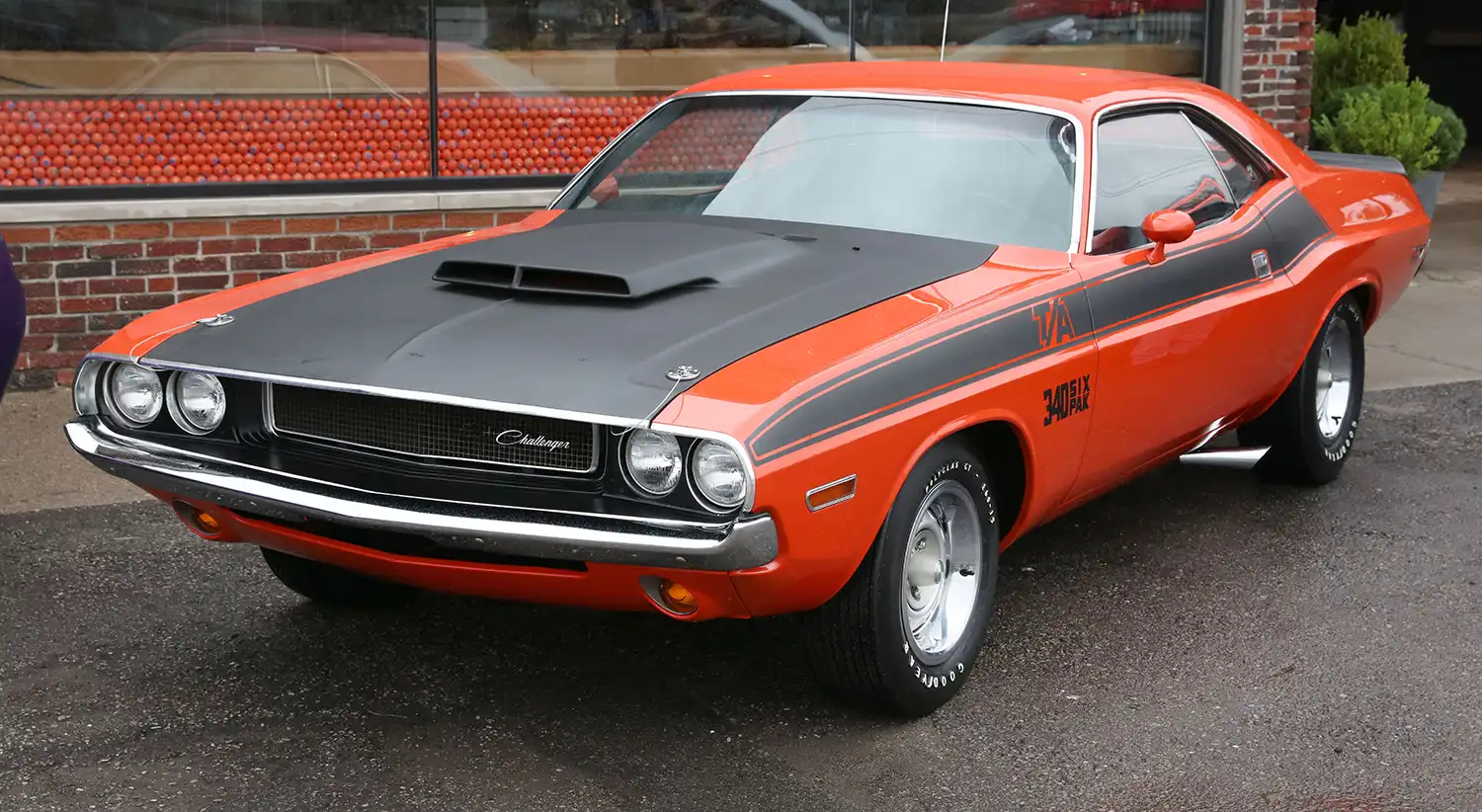
The 1970 Dodge Challenger T/A stands as a celebrated icon in muscle car history. This limited-production model was specifically built for SCCA Trans-Am racing. It represented Dodge’s serious entry into the competitive road racing scene. The Challenger itself, introduced in 1970, was Chrysler’s answer to the pony car craze. It offered aggressive styling and a wide range of powerful engines. The 1970 Dodge Challenger T/A History marks a unique chapter for the brand. It was a street-legal version of a bona fide race car.
Birth of a Racing Legend
Dodge created the Challenger T/A to meet Trans-Am homologation rules. These rules required manufacturers to build a certain number of street versions. The “T/A” in its name directly referred to the Trans-Am series. This direct link to racing set it apart. Only 2,399 units were produced in 1970. This makes it a rare and highly sought-after collectible today. Its purpose was clear: dominate the track.
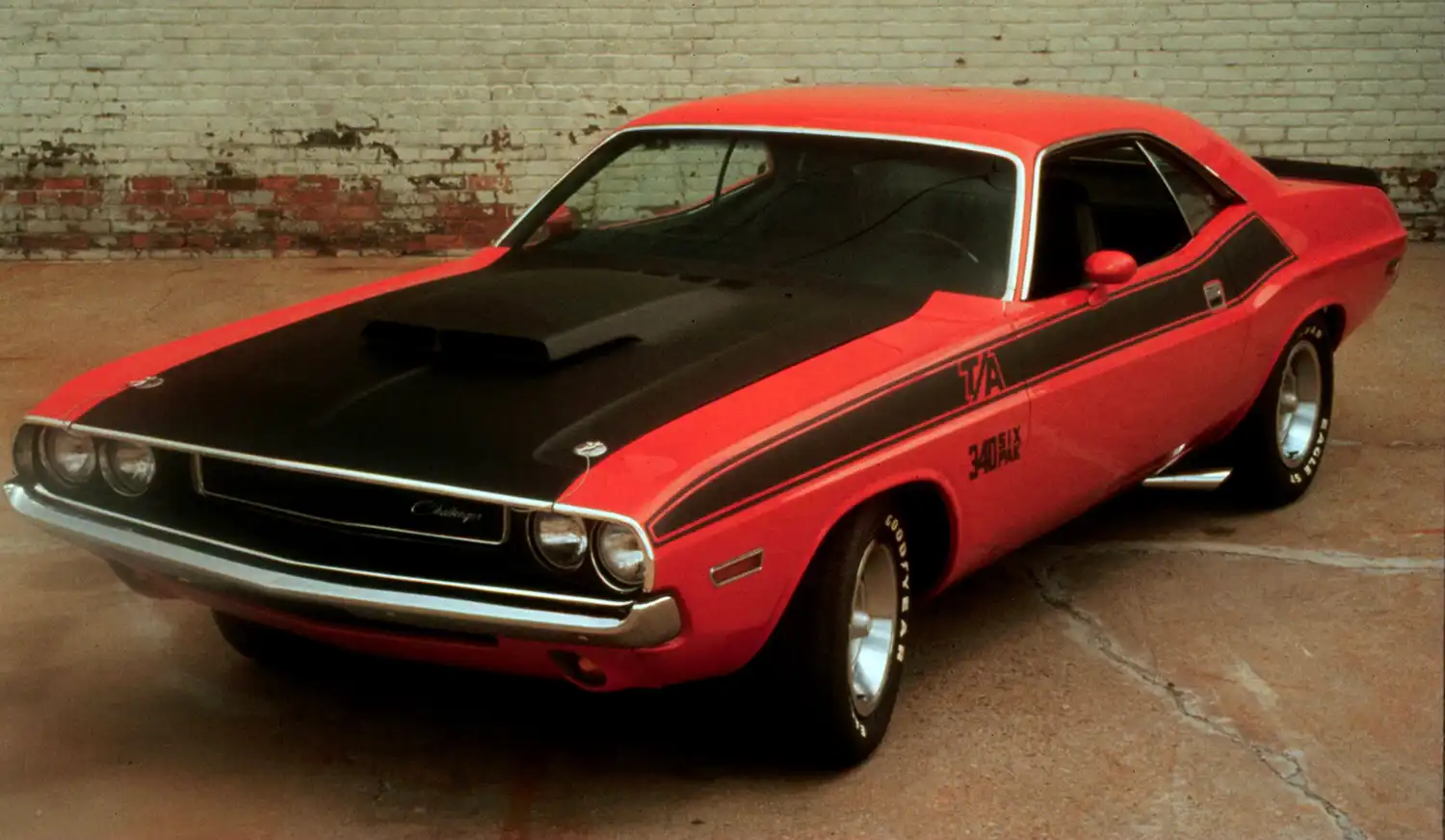
Design and Aesthetics
The 1970 Dodge Challenger T/A boasted a visually aggressive and purposeful design. It featured a unique fiberglass hood with a functional air scoop. This fed cool air directly to the carburetor. Side-exit exhaust pipes, exiting just before the rear wheels, were another distinctive feature. These pipes were part of the race-bred design. A rear ducktail spoiler provided aerodynamic downforce. Special “T/A” graphics adorned the sides and rear. These elements collectively announced its high-performance intentions.
Chassis and Suspension Enhancements
To handle its racing duties, the Challenger T/A received specific chassis and suspension upgrades. It featured a heavier-duty suspension system compared to standard Challengers. Stiffer springs and shock absorbers minimized body roll during cornering. A thicker front sway bar improved handling precision. The car also sat slightly higher in the rear. This was to accommodate the larger rear tires. Power front disc brakes provided improved stopping power. Drum brakes were used on the rear. This setup offered better control and performance on the track.

Power and Performance Details
The heart of the 1970 Dodge Challenger T/A was its unique 340 cubic inch (5.6L) V8 engine. This engine was special. It was equipped with three Holley two-barrel carburetors on an aluminum intake manifold. This “Six-Pack” setup boosted horsepower significantly. Officially rated at 290 horsepower, its actual output was closer to 320-340 hp. The engine featured heavy-duty components for durability. This powerful V8 was typically paired with either a heavy-duty four-speed manual transmission. An optional TorqueFlite automatic transmission was also available. This combination delivered exhilarating acceleration and impressive quarter-mile times.
Interior Features
The interior of the 1970 Challenger T/A retained much of the standard Challenger’s layout. However, it emphasized a driver-focused experience. Bucket seats provided good support during spirited driving. A Hurst Pistol Grip shifter was common with the manual transmission. This iconic shifter added to the tactile feel. A full complement of gauges kept the driver informed. These included a tachometer, speedometer, and auxiliary gauges. While not overly luxurious, the interior was functional. It was designed to enhance the driving experience.
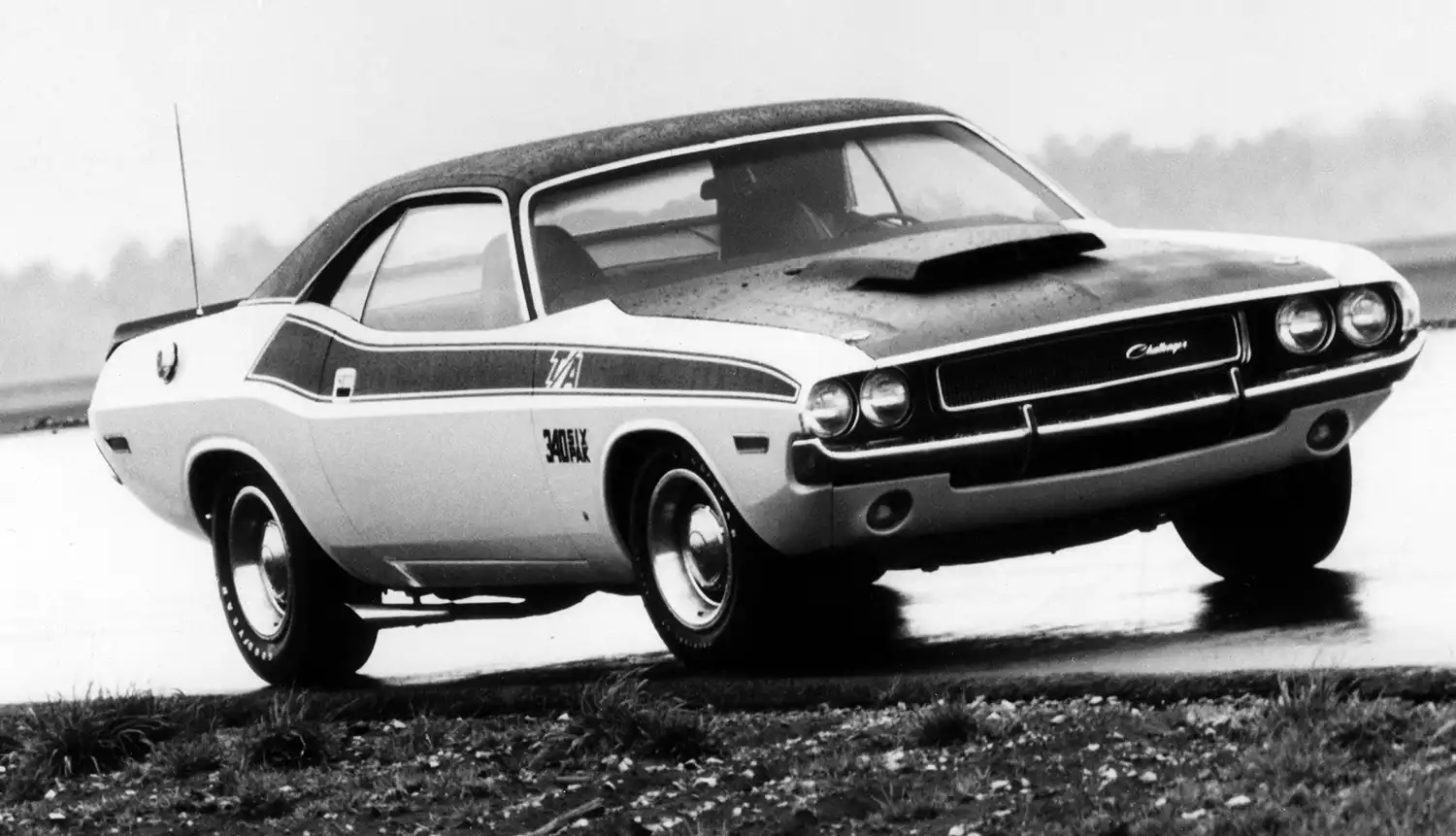
Racing Pedigree and Legacy
The 1970 Dodge Challenger T/A’s legacy is defined by its racing pedigree. Though it didn’t win the Trans-Am championship, it was a formidable competitor. It showcased Dodge’s engineering capabilities. The street version allowed enthusiasts to own a piece of that racing action. Its limited production and direct connection to motorsport make it highly desirable. The Challenger T/A remains a powerful symbol. It represents the peak of American muscle car performance. It embodies the spirit of an era where cars were built for competition.
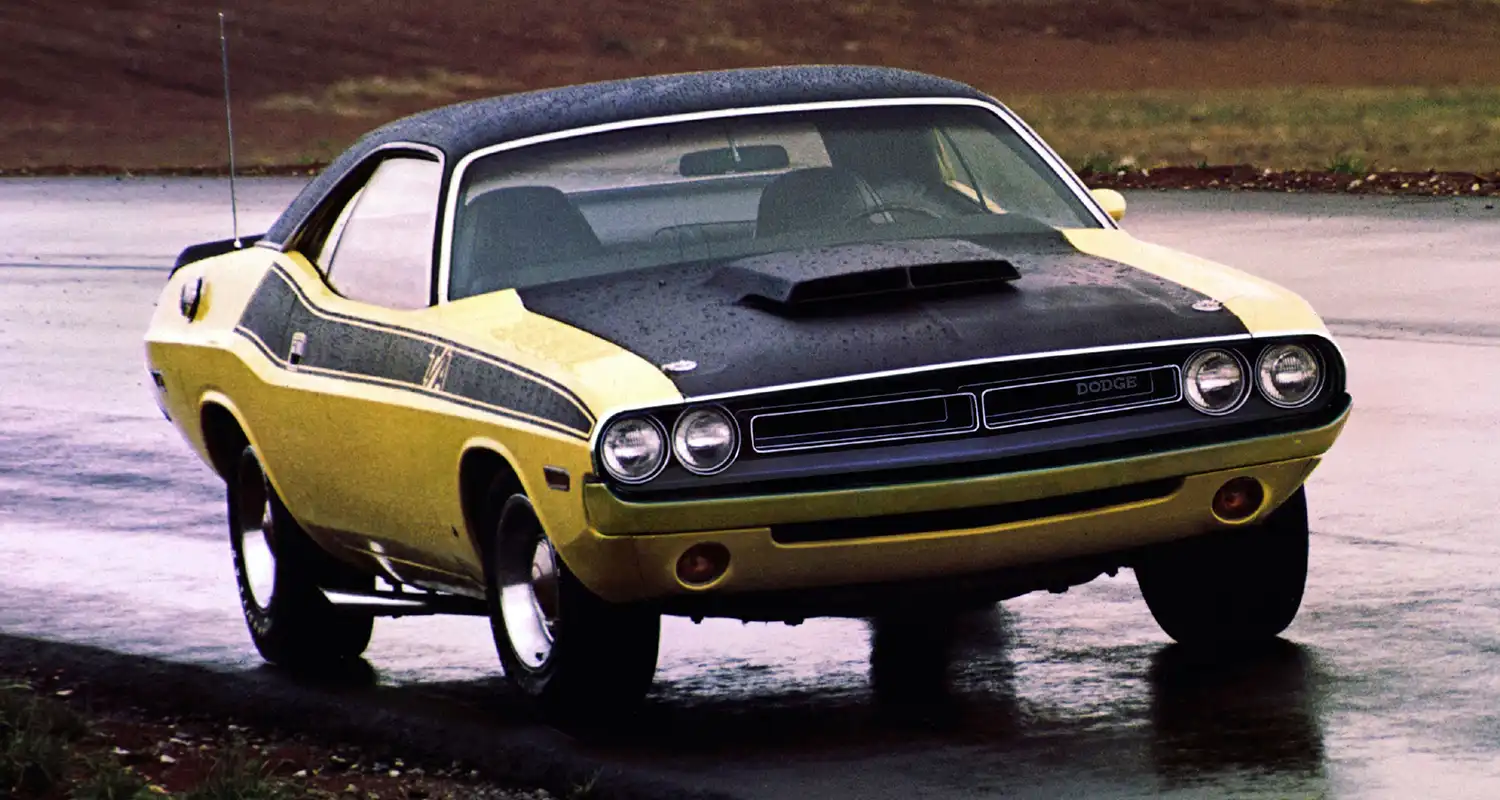
Summary
- Limited-production muscle car built for Trans-Am racing.
- Unique fiberglass hood with functional air scoop.
- Side-exit exhaust pipes and rear ducktail spoiler.
- Heavy-duty suspension and power front disc brakes.
- Powered by a 340 Six-Pack V8 engine (officially 290 hp).
- Available with 4-speed manual or TorqueFlite automatic transmission.
- Driver-focused interior with bucket seats and Hurst Pistol Grip shifter.
- Only 2,399 units produced in 1970.
- Iconic design and strong racing heritage.
Disclaimer Information presented in this article is for historical and general knowledge purposes. Specifications and details may vary for individual vehicles. Always verify specific information with reliable sources.
Source: Stellantis
AI Assistance: Gemini
